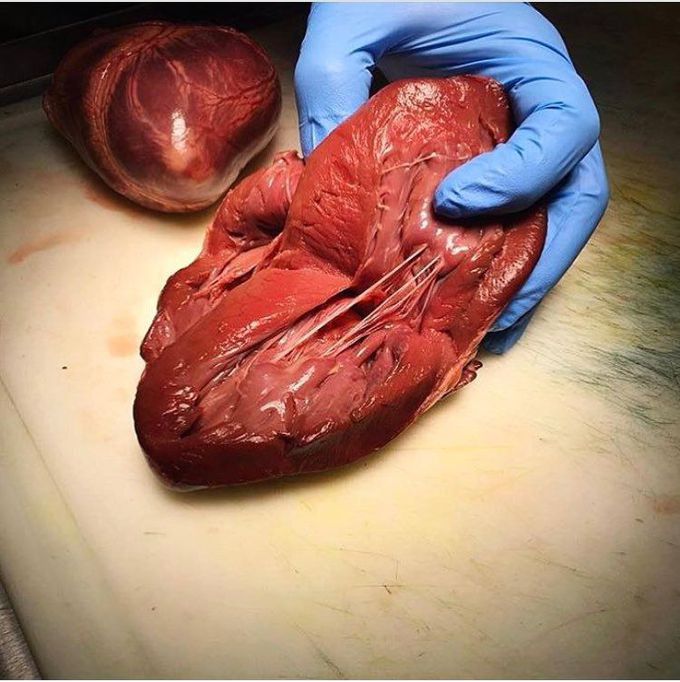

Medicaltalks almost 8 years ago

#NSFWSensitive content 18+
This material contains content which some users might find distrubingDissected heart!
Dissecting a heart is most definitely a fascinating journey. Here's a great shot of the papillary muscles and the chordae tendinae in the heart. The papillary muscles within the ventricles attach to the cusps of the atrioventricular valves via the tendinous chords, which are referred to as the “heart strings” since they resemble small pieces of string. They prevent the prolapse of the mitral and tricuspid valves during ventricular systole, thus prevent regurgitation (or back flow) of the blood during back to the right or left atrium. Regurgitation can be the result of papillary dysfunction or chordate rupture, which commonly happened following an acute myocardial infarction.
Other commentsSign in to post comments. You don't have an account? Sign up now!

